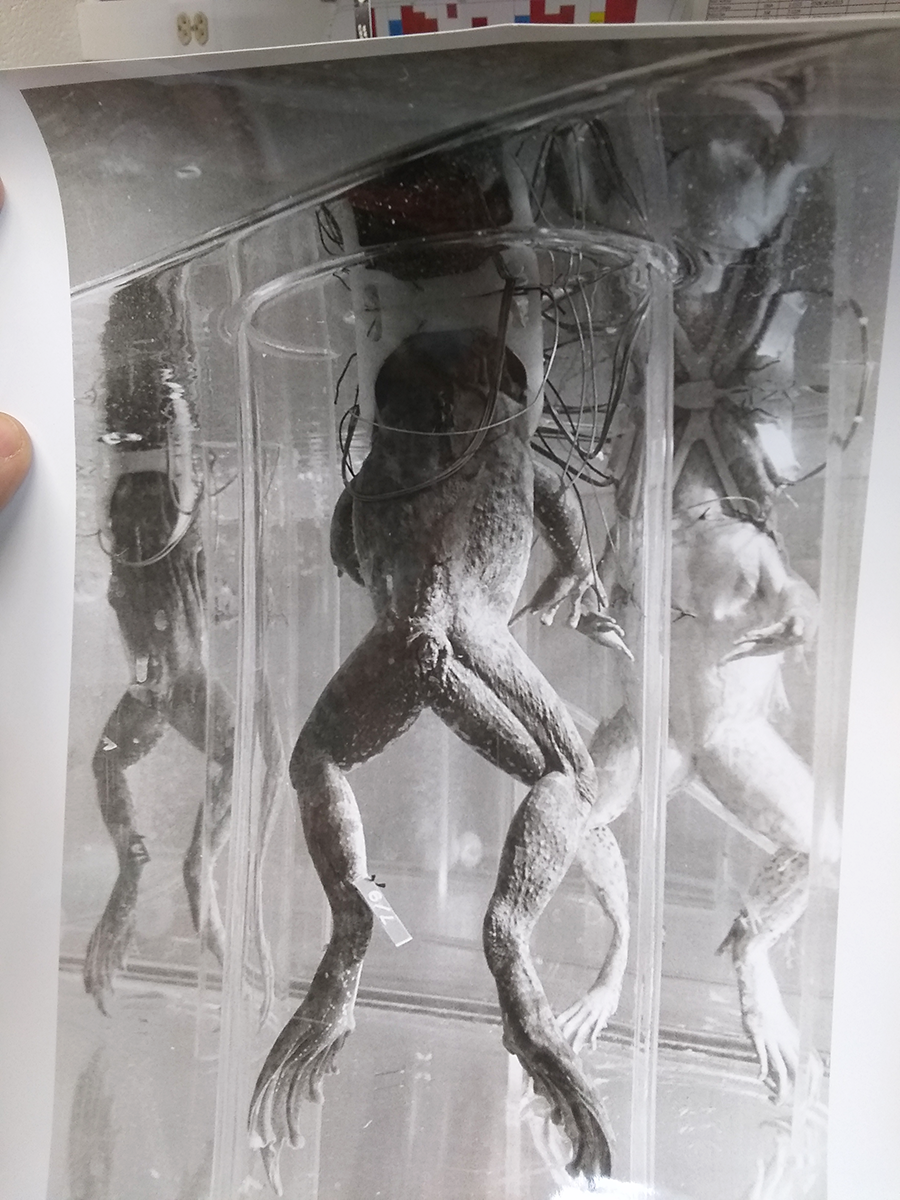
Here they are, the orbiting frogs. Not being a frog, it’s hard to comment with confidence on how they feel, but one can assume they’d all rather be elsewhere, doing ordinary frog things.
Discoveries in the Physics & Astronomy shop | Science, curiosities, and surprises

Here they are, the orbiting frogs. Not being a frog, it’s hard to comment with confidence on how they feel, but one can assume they’d all rather be elsewhere, doing ordinary frog things.

We’re all relieved to hear that. While the American bullfrog enjoys a large natural range throughout eastern North America, and are celebrated jumpers, they are not typically encountered at heights above the earth that one would consider “in orbit.”
Whatever it’s like to think like a frog, we can safely assume that the rocket launch and orbital microgravity experiences were weird by any frog standards.
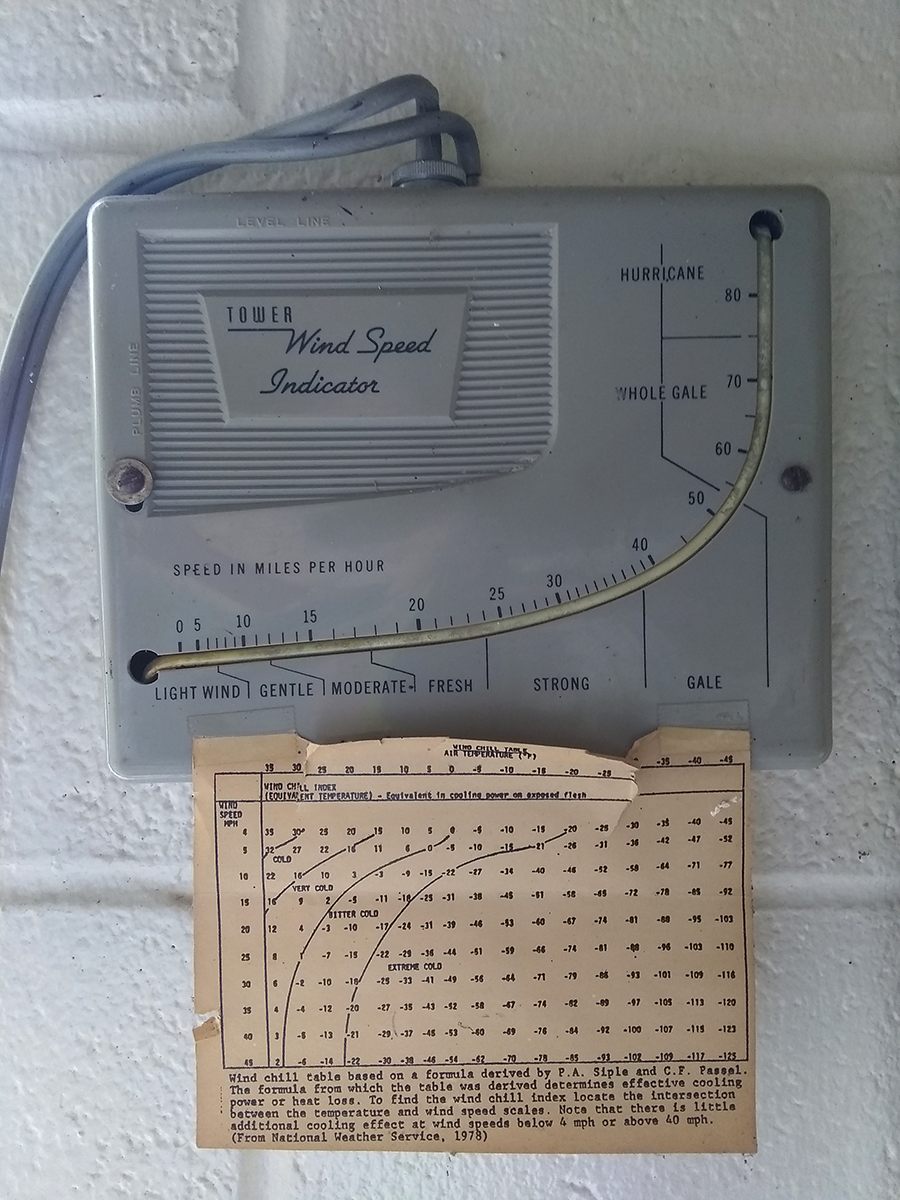
This particular wind speed indicator hasn’t been functional in ages, but at some point it was probably useful in determining whether or not to go outside for telescope observations. Wind is of concern in astronomy, as it can produce poor seeing and – when really strong – cause telescopes to shake. But wind chill is the more immediate concern. Cold nights can be good for observing, with clear skies and good seeing, but rough on fingers and toes.
All of that standing still, lack of warming sunshine, etc. doesn’t do a lot to counter a cold night. Maybe think ahead and bring along a hot beverage?
An awful lot of that chart is devoted to conditions when no one should be outside at all. One line of thought considers that a chart with all of your category indicators bunched up on the left isn’t the ideal for communicating information visually. Another notes that an endless tundra of negative numbers tells you enough without needing the particulars.
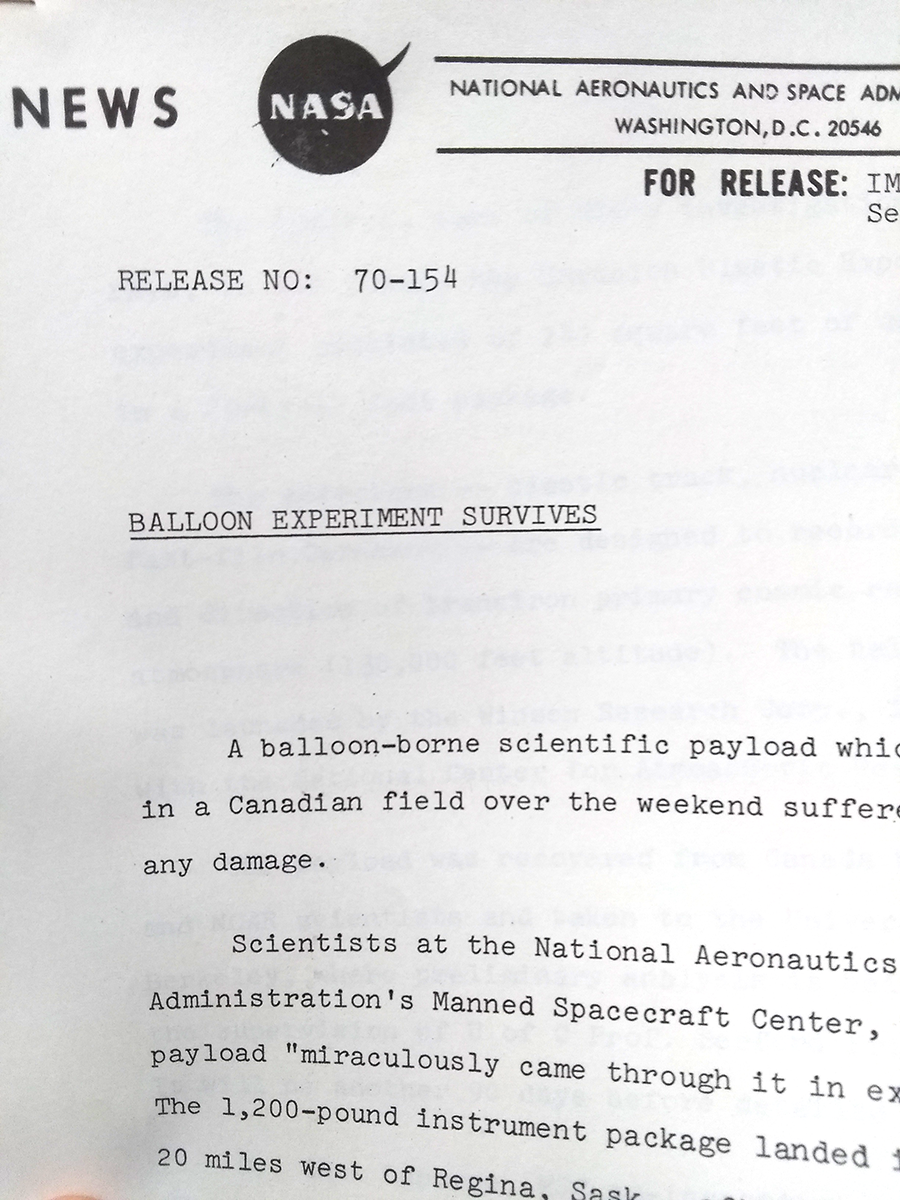
Science: if we can learn something from sending a 1,200 lb. payload over Saskatchewan via (a very large) balloon, by golly we’re going to try.
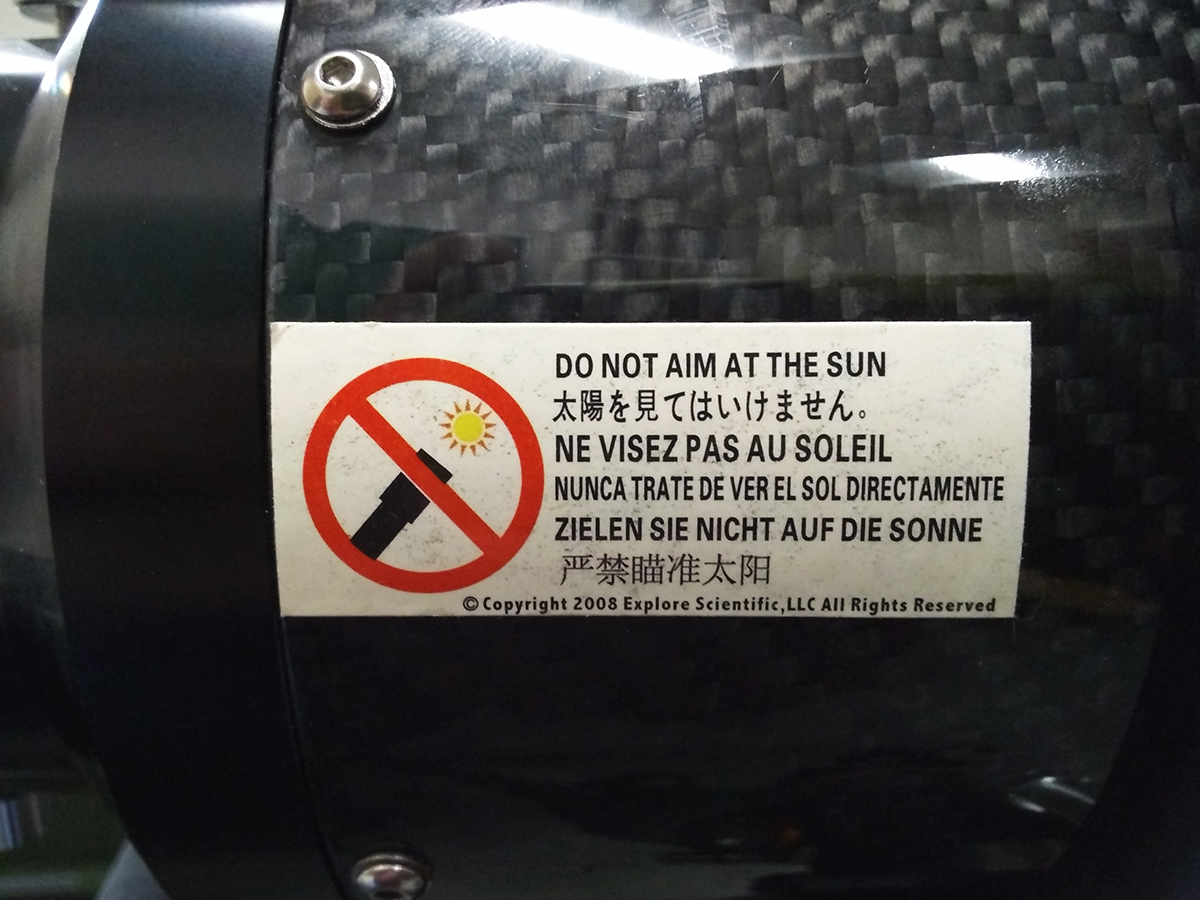
For very important safety reasons, you should never point a telescope at the sun. Without proper safety filters and the utmost care, that is.
There’s a solar eclipse in a month, and we’re definitely pointing this particular telescope at the sun. With the proper filters and the utmost care, of course.
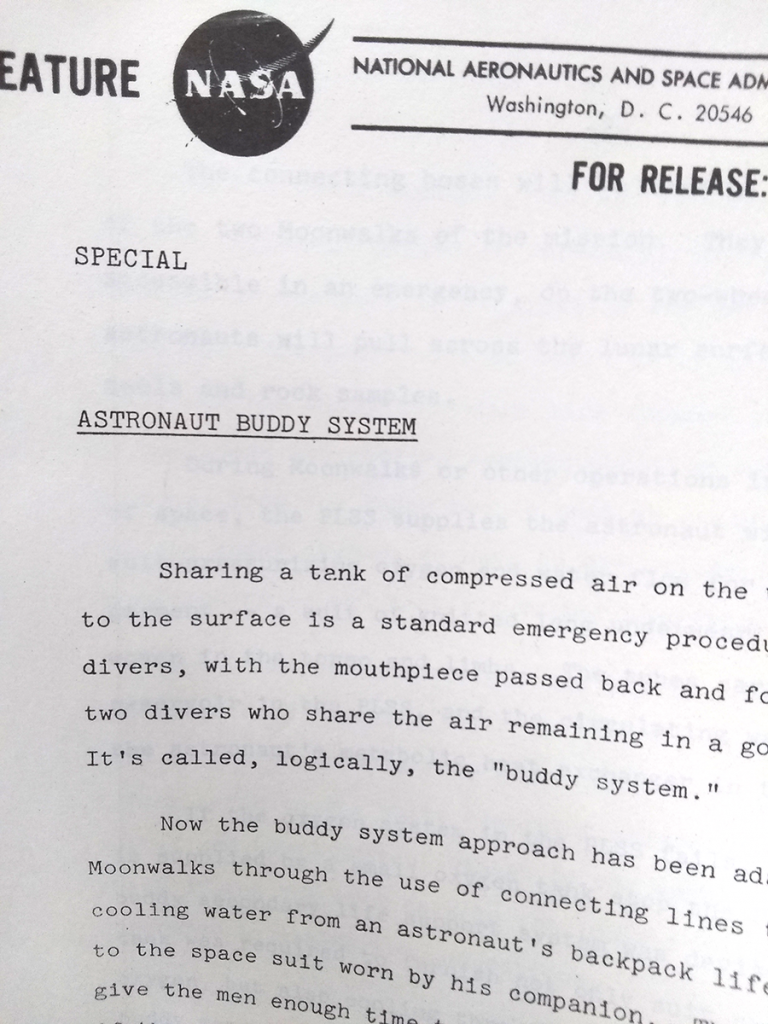
We’re not arguing here: contingency plans in a potentially dangerous situation are essential. One can reasonably assume that any and all tasks undertaken by astronauts while naut-ing in the astro are, if not inherently dangerous, at least dangerous-adjacent. And, as that time Tom Hanks almost died in space taught us, you can’t call 911 from space and expect them to do anything about it.
In case you were curious: the first 911 call was in Haleyville, Alabama in February, 1968. The Apollo 13 mission went sideways in April, 1970. Presumably any connection between the two would have to have been routed through CAPCOM anyway.